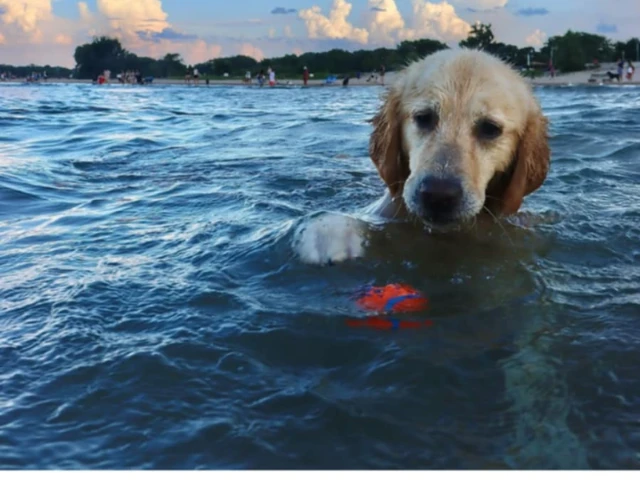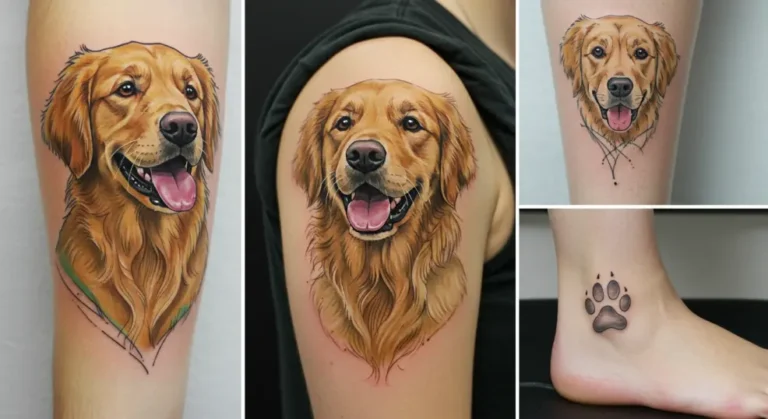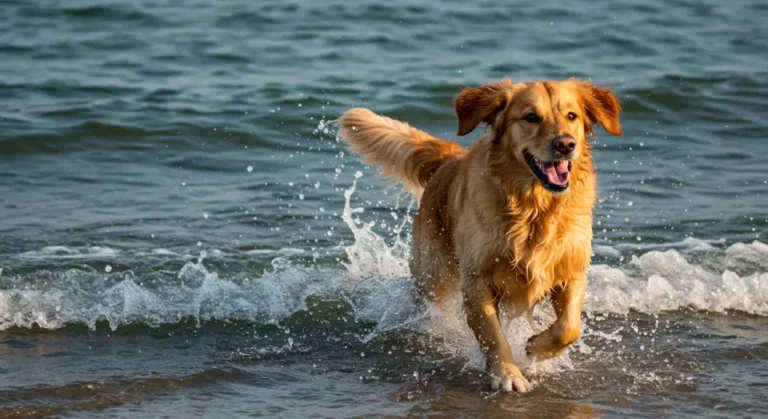Golden Retriever Colors: From Light Cream to Deep Gold
Golden Retrievers are hands-down one of the most loved dog breeds in the world. They’re friendly, goofy, loyal, and honestly too adorable for their own good. But one of the most fun things about them? Their coat colors.
When people say “Golden Retriever,” most of us picture that classic golden shade — but in reality, their colors can range from the lightest cream to a rich, deep golden. And every shade has its own charm.
In this post, we’ll break down the different color variations, what they mean, and even what science and breed standards say about them. Plus, I’ll sprinkle in a few personal opinions, because honestly… some of these shades just hit different.
1. Light Cream Golden Retrievers
Light cream Goldens are so pale they almost look like white, especially as puppies. A lot of people confuse them with Labrador Retrievers because of the lighter shade.
Fun fact: In Europe, especially the UK, cream-colored Golden Retrievers are super common. The Kennel Club (UK) accepts them fully, but the American Kennel Club (AKC) doesn’t classify “cream” as an official color. In the U.S., they’re usually just called “light golden.”
Personally, I think cream Goldens look like little fluffy clouds when they run. My neighbor has one, and in the sunlight it almost glows. But, one thing to know — lighter coats can sometimes show dirt more easily, so be ready for extra baths if your pup is a mud lover (which, let’s be honest, most Goldens are).
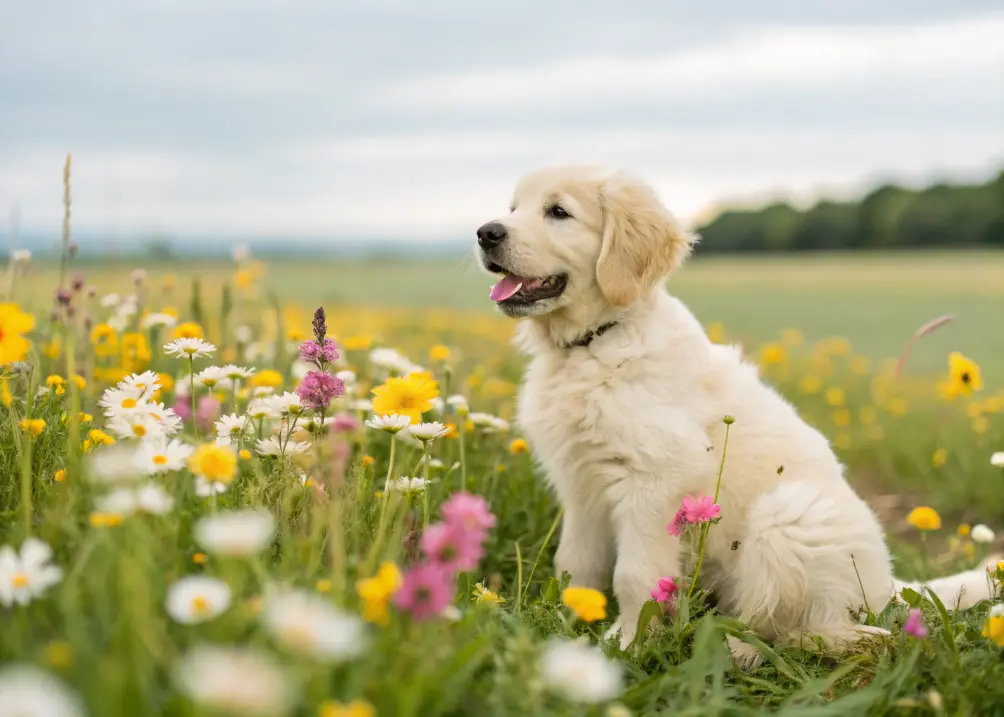
2. Classic Golden
This is the Golden Retriever shade most people imagine. Medium golden coats are kind of the “standard” look, especially in American show rings.
According to the AKC breed standard, Golden Retrievers should have a rich, lustrous golden color. Anything too pale or too dark (like mahogany red) is technically not ideal for shows — though of course, as pets, any shade is perfect.
Stat-wise: Golden Retrievers are the 3rd most popular dog breed in the U.S. (AKC, 2022), and the classic golden look is what most breeders advertise.
I’ll be honest, this is my personal favorite. There’s something about the sunlight bouncing off that medium golden fur that makes them look straight out of a Disney movie.
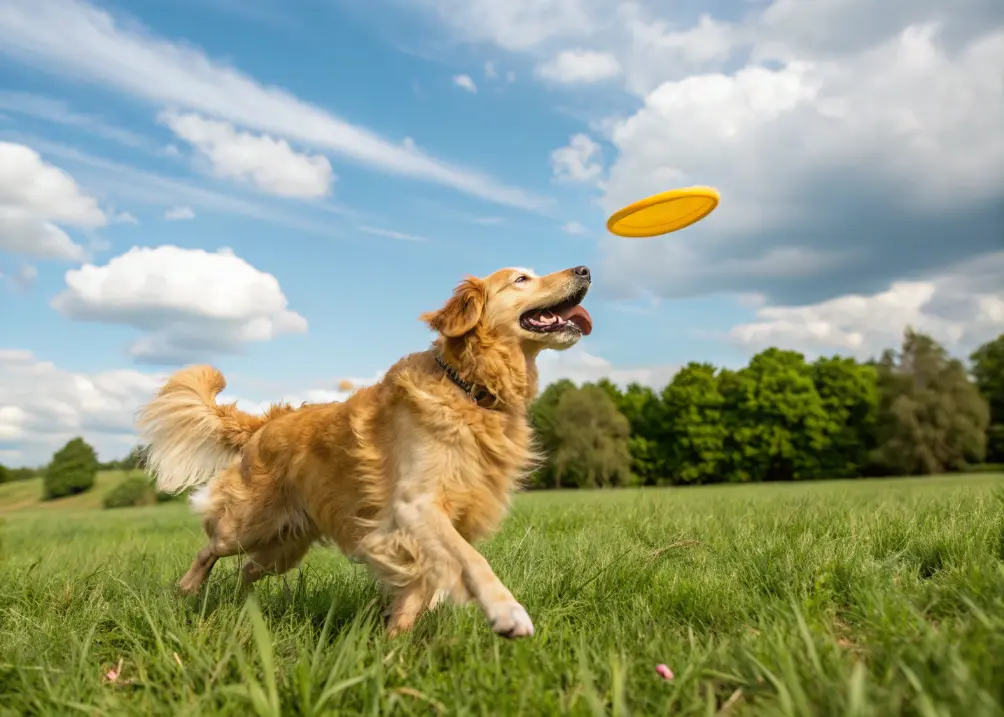
3. Dark Golden Retrievers
Dark golden coats are rich, almost coppery in tone. They’re not as common as classic golden, but wow — when you see one, you’ll notice.
One interesting fact: Darker coats are often seen in hunting lines. Historically, Golden Retrievers were bred in Scotland in the 1800s as hunting dogs, and some breeders say darker coats were preferred for blending into the landscape.
According to PetMD, coat color can be influenced by genetics, and darker Goldens often have slightly denser fur. It’s not a hard rule, but many owners report that their dark golden pups shed a bit more heavily.
If you’ve ever seen one in autumn leaves — trust me, you’ll never forget it. They blend in like nature painted them for that exact season.
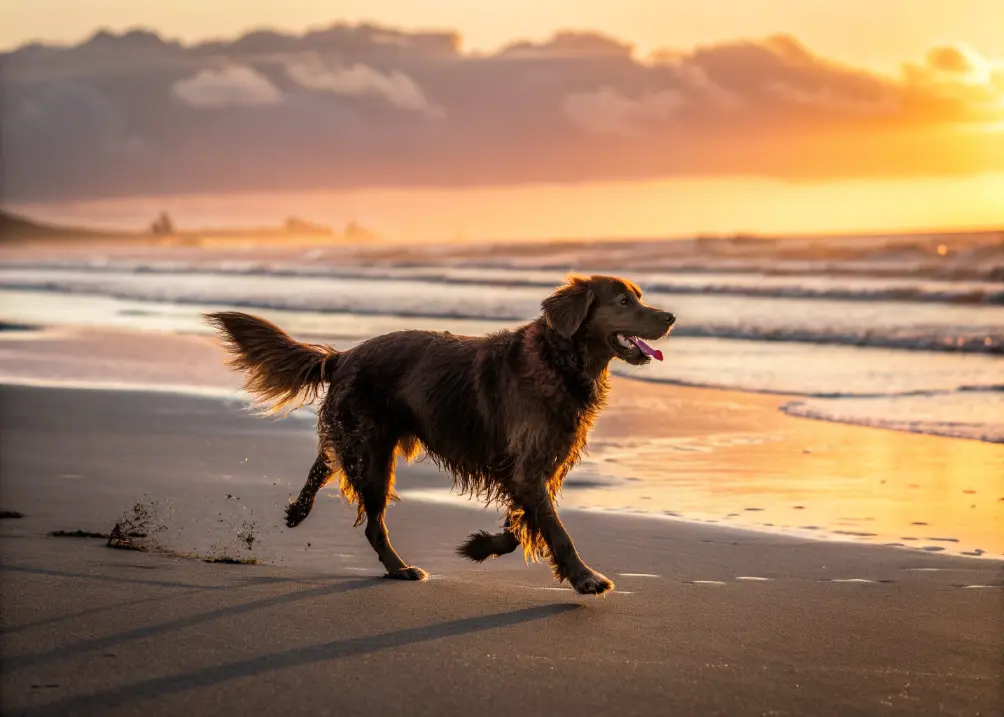
4. Red (Mahogany) Golden Retrievers
Okay, so technically, the AKC doesn’t accept mahogany red coats as “show standard,” but let’s be real: they’re gorgeous.
These Goldens almost look like Irish Setters at first glance. Their coats are darker, sometimes with a reddish tint that shines in the sun. Many people say they look more “sporty” or “sleek” compared to fluffier cream or classic Goldens.
Fun stat: While lighter Goldens dominate the European show scene, in the U.S. working lines (like hunting or agility) often produce darker, red-toned coats. That’s why red Goldens are sometimes nicknamed “field Goldens.”
Personally, I think red Goldens have this adventurous, outdoorsy vibe. Like, if Goldens were humans, the red-coated one would be that friend who’s always planning a camping trip.

5. Cream-to-Golden Blends (aka, They Don’t Always Fit a Box)
Not every Golden fits neatly into one color category. Some are lighter on the chest and belly, but darker on the back. Others change shades as they grow — puppies often start light and darken with age.
According to The Golden Retriever Club of America, coat colors can shift as dogs mature. Genetics, sun exposure, and even nutrition can influence how the shade looks over time.
My aunt’s Golden started cream as a puppy and by age 3 was a solid medium golden. It was like he “grew into his fur.” So don’t be surprised if your pup’s shade evolves.
And honestly? Those in-between shades are some of the most beautiful because they’re unique. No two blends look the same.
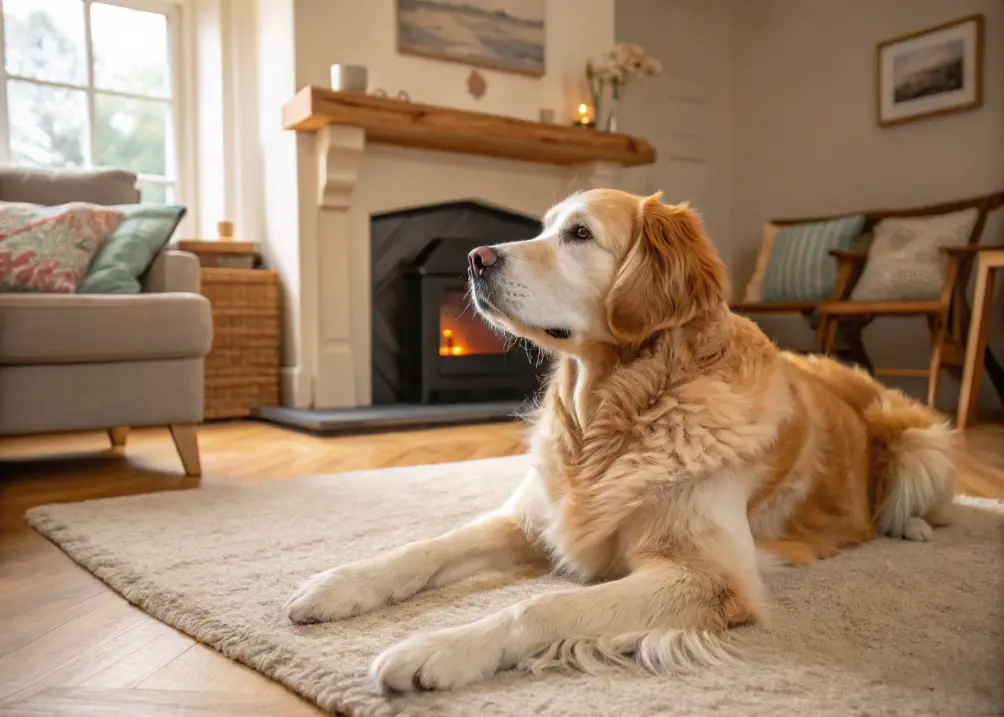
Why Coat Color Doesn’t Matter (But Still Feels Fun to Talk About)
At the end of the day, Golden Retrievers are loved for their personalities, not their fur. They’re known for being loyal, affectionate, and great with families — which is why about 62% of U.S. households with dogs choose retriever-type breeds (APPA Pet Owners Survey, 2021).
Still, it’s fun to celebrate their color variety. Just like people, every shade has its own kind of beauty.
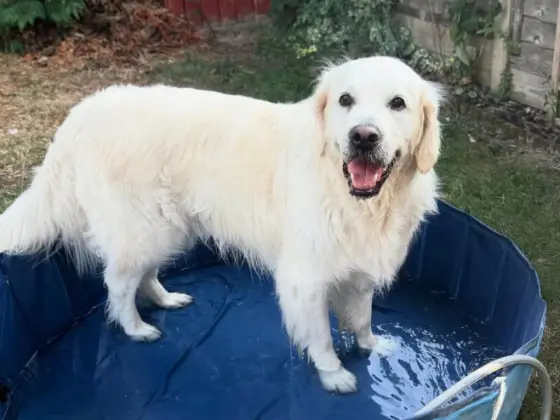
FAQs About Golden Retriever Colors
1. Do Golden Retrievers change color as they grow?
Yes. Many puppies are born lighter and darken as they age. Some even develop feathering that’s darker than their main coat.
2. Is cream the same as white Golden Retriever?
Technically, no. “White” isn’t recognized, but very light cream can appear almost white.
3. Which Golden Retriever color is rarest?
Deep red (mahogany) shades are less common, especially in the U.S.
4. Do coat colors affect temperament?
Nope. Color doesn’t influence personality. A cream Golden can be just as goofy or calm as a dark one.
5. Which color is preferred in dog shows?
Medium golden shades are the most “ideal” under AKC standards.
6. Do darker Goldens shed more?
Not proven scientifically, but some owners report denser coats in darker shades.
7. Are lighter Goldens healthier than darker ones?
There’s no evidence that coat color affects health. Genetics, diet, and exercise matter more.
8. Can two cream-colored parents have darker puppies?
It’s possible, depending on genetic background. Coat color inheritance isn’t always predictable.
9. Do red Golden Retrievers cost more?
Sometimes. Breeders may charge more for less common shades like red or very pale cream.
10. Which Golden Retriever color makes the best pet?
All of them. The color is just a bonus — personality and care matter way more.
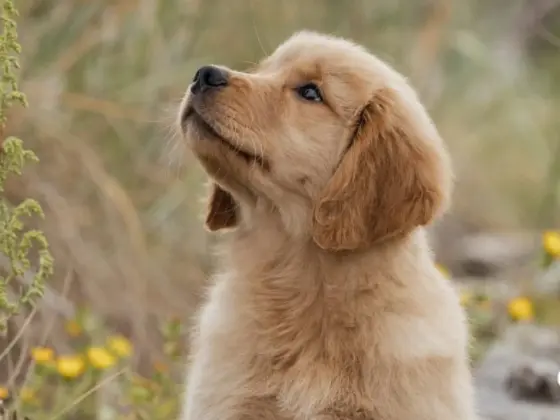
References
- American Kennel Club (AKC) – https://www.akc.org
- The Kennel Club (UK) – https://www.thekennelclub.org.uk
- PetMD, “Golden Retriever Facts” – https://www.petmd.com
- Golden Retriever Club of America – https://www.grca.org
- American Pet Products Association (APPA) Pet Owners Survey (2021) – https://www.americanpetproducts.org
we have many helpful blog post about Golden Retriever, you might want to check them out.
Golden Retriever Puppy Aesthetic Photos That Melt Hearts
Golden Retriever Drawing Collection
25+ Golden Retriever Wallpapers
The Golden Retriever Aesthetic: the Ultimate Vibe
Black Bernedoodle Beauty: Why This Coat Color Feels Extra Special

